

Articles
How To Store Cloth Napkins
Modified: January 5, 2024
Discover the best ways to store cloth napkins and keep them organized with these helpful articles. From folding techniques to storage solutions, we've got you covered!
(Many of the links in this article redirect to a specific reviewed product. Your purchase of these products through affiliate links helps to generate commission for Storables.com, at no extra cost. Learn more)
Introduction
When it comes to adding a touch of elegance and sophistication to your dining table, cloth napkins are a must-have. Not only do they elevate the dining experience, but they also help in reducing waste by replacing disposable paper napkins. However, to ensure that your cloth napkins remain in pristine condition and ready to use whenever you need them, proper storage is essential.
In this article, we will explore various methods for storing cloth napkins to keep them organized, wrinkle-free, and easily accessible. Whether you have a small linen closet, limited drawer space, or a designated storage area, we have you covered. Let’s dive in!
Key Takeaways:
- Elevate your dining experience and reduce waste by storing cloth napkins properly. Choose from folding, drawer storage, linen closet organization, hanging, or storage bins for a personalized and elegant solution.
- Keep your cloth napkins organized, accessible, and in pristine condition with efficient storage methods. From categorizing and labeling to utilizing vertical space, these tips ensure your dining table is always elegantly set.
Read more: How To Store Linen Napkins
Choosing the Right Storage Method
Before we dive into the specific storage methods for cloth napkins, it’s important to consider a few factors that will help you choose the right storage method for your needs.
1. Amount of Space: Assess the available space you have for storing your cloth napkins. Do you have a large linen closet, ample drawer space, or a small storage area? Knowing the amount of space you have will help determine the most suitable storage option.
2. Frequency of Use: Consider how often you use cloth napkins. If you use them daily, having them readily accessible and easily retrievable is important. For occasional use, you may opt for a storage option that preserves and protects your napkins for longer periods.
3. Napkin Size: Take into account the size and shape of your cloth napkins. If you have large, bulky napkins, you may need more spacious storage. Alternatively, if you have smaller napkins, you can utilize smaller storage options.
4. Personal Preference: Lastly, consider your personal style and preference. Do you prefer a neat and organized storage system, or are you more inclined towards a visually appealing and decorative approach? There is no right or wrong; choose a storage method that suits your taste.
By considering these factors, you can now proceed to choose the most appropriate storage method for your cloth napkins. Let’s explore some popular options.
Folding Cloth Napkins
Folding cloth napkins is not only a functional way to store them but also adds a touch of elegance to your dining experience. Here are a few popular folding techniques:
- Basic Square Fold: Start by folding the napkin in half diagonally, creating a triangle. Then, fold it in half again, aligning the edges to form a smaller triangle. Finally, fold the bottom edge of the triangle up to the top, creating a smaller square. This fold is simple and works well for everyday use.
- Simple Pocket Fold: Begin by folding the napkin in half lengthwise. Then, fold the bottom edge up to meet the top edge, creating a long rectangle. Next, fold the bottom third of the rectangle upwards, and then fold the top third downwards, overlapping the bottom third. This creates a pocket to hold utensils or a place card.
- Bishop’s Hat Fold: Start by folding the napkin in half diagonally, creating a triangle. Then, fold the bottom corner of the triangle up to meet the top corner. Next, fold the left and right corners of the triangle towards the center, overlapping them slightly. Flip the napkin over, and you have a bishop’s hat-shaped fold.
- Rolling Fold: Lay the napkin flat on a surface and fold it in half diagonally, creating a triangle. Starting from the long edge, roll the napkin tightly towards the point of the triangle. Once rolled, fold the pointed end over the roll to secure it. This fold is great for a more casual or rustic table setting.
Experiment with different folding techniques to find the one that suits your style and table decor. Once folded, you can store the napkins vertically or horizontally, depending on the space available and your personal preference.
Storing Cloth Napkins in Drawers
Drawers are a convenient and space-efficient storage option for cloth napkins. Here’s a step-by-step guide on how to store your napkins in drawers:
- Clean and Fold: Make sure your cloth napkins are clean and properly folded using one of the folding techniques mentioned earlier.
- Categorize and Sort: Group your napkins by color, pattern, or size, depending on your preference. This step will make it easier to find the napkins you need.
- Organize by Dividers: If your drawer doesn’t have built-in dividers, consider using fabric or acrylic dividers to create separate compartments for each category of napkins.
- Vertical or Horizontal Storage: Depending on the size and depth of your drawer, you can store the napkins either vertically, like a file, or horizontally, stacked on top of each other. Vertical storage is more space-efficient and allows for easy visibility and access to each napkin.
- Label or Color Code: To make it even easier to find specific napkins, you can label each section or color code them using colored tabs or stickers.
By following these steps, you can keep your cloth napkins neatly stored in drawers, ensuring that they remain wrinkle-free and easily accessible whenever you need them.
Storing Cloth Napkins in a Linen Closet
A linen closet is a classic and convenient storage option for cloth napkins. Here’s how to store your napkins in a linen closet:
- Clean and Fold: Start by washing and thoroughly drying your cloth napkins. Ensure that they are neatly folded and free of wrinkles.
- Sort by Size and Style: Separate your napkins by size and style. This will make it easier to locate the napkins you need for different occasions.
- Stacking Method: To maximize space, stack your folded napkins vertically, similar to how books are arranged on a shelf. Place larger napkins at the bottom and smaller ones on top.
- Utilize Storage Bins or Baskets: If your linen closet has shelves, consider using storage bins or baskets to further organize your napkins. Grouping them together in designated containers can help keep your linen closet tidy and prevent them from mixing with other items.
- Label or Color Code: To easily find specific sets of napkins, consider labeling or color coding your bins or baskets. This will save you time and effort when searching for specific napkins for different occasions.
- Place Frequently Used Napkins Within Reach: For convenience, place the napkins you use most often within easy reach. This will save you from digging through the whole closet when you need them in a hurry.
By following these steps, you can keep your cloth napkins neatly organized and protected in your linen closet. It’s important to regularly check and refold the napkins to maintain their pristine condition.
Store cloth napkins in a cool, dry place away from direct sunlight to prevent discoloration. Avoid storing them in plastic bags, as this can trap moisture and lead to mildew. Instead, opt for breathable cotton or linen storage bags.
Read more: How To Store Paper Napkins
Hanging Cloth Napkins
If you have limited drawer or closet space, or if you prefer a more decorative storage option, hanging cloth napkins can be a great solution. Here’s how you can hang your napkins:
- Pick a Suitable Location: Choose a location where you can hang your cloth napkins, such as a wall, the back of a door, or even a decorative hanging rack.
- Install Hooks or Hangers: Depending on your chosen location, install hooks or hangers to hang your cloth napkins. Make sure the hooks are sturdy enough to hold the weight of the napkins.
- Sort by Color or Style: Sort your napkins by color, pattern, or style, depending on your preference. This will enhance the visual appeal when they are hanging.
- Hang using Clips or Clothespins: Attach clips or clothespins to the top edges of the napkins and hang them on the hooks or hangers. This will prevent them from slipping off and keep them secure.
- Arrange in a Decorative Display: Get creative with the arrangement of your hanging napkins. You can hang them in a row, in a grid pattern, or even create an artistic display with different napkin sizes and colors.
- Consider Seasonal Themes: If you enjoy changing your home decor based on the season, consider adding seasonal accents to your hanging napkins. For example, during the holiday season, you can add small festive ornaments or ribbons to the clips.
Hanging cloth napkins not only provides a unique and decorative storage solution but also adds a beautiful visual element to your space. It also makes it easier to access and select napkins when needed, as they are displayed openly.
Storing Cloth Napkins in a Storage Bin or Box
If you have limited drawer or closet space and prefer a more compact storage option, using a storage bin or box can be a practical solution for storing your cloth napkins. Here’s a step-by-step guide on how to store your napkins in a storage bin or box:
- Choose the Right Size: Select a storage bin or box that is large enough to accommodate your folded napkins without squishing them.
- Clean and Fold: Before storing, make sure your cloth napkins are clean and properly folded to prevent wrinkles.
- Dividers or Compartments: If the storage bin or box does not come with built-in dividers, consider using fabric or cardboard dividers to create separate compartments for different sets or sizes of napkins.
- Vertical or Horizontal Storage: Depending on the size of your napkins and the space available, you can store them vertically or horizontally in the storage bin or box. Vertical storage allows for easier access to individual napkins.
- Label the Compartments: To quickly locate specific sets or styles of napkins, label or color code the compartments. This will save you time when you’re in a hurry to set the table.
- Stacking Option: If you have limited space, you can stack multiple storage bins on top of each other, as long as they are stable and secure.
- Store in a Dry Location: Ensure that the storage bin or box is placed in a cool, dry location to prevent moisture or humidity from damaging the napkins.
Storing cloth napkins in a storage bin or box helps keep them organized, protected, and easily accessible whenever you need them. Plus, it’s a great space-saving solution for those with limited storage space.
Tips for Organizing Cloth Napkins Efficiently
Organizing your cloth napkins efficiently can save you time and ensure that you can easily find the napkins you need. Here are some tips to help you keep your napkins well-organized:
- Create Categories: Group your cloth napkins into categories such as color, pattern, size, or occasion. This will make it easier to find the napkins you need when setting the table.
- Use Labels or Color Codes: Label your storage containers or use color-coded tags to identify the different categories of napkins. This allows for quick and easy identification.
- Rotate Seasonal Napkins: If you have seasonal or holiday-themed napkins, consider rotating them out during different times of the year. This keeps your collection fresh and ensures that all your napkins get used.
- Regularly Refold: Take the time to refold your cloth napkins periodically to keep them looking neat and prevent wrinkles. This also allows you to assess the condition of your napkins and discard any that may be damaged or stained beyond repair.
- Consider Using Storage Accessories: Explore options like drawer dividers, small baskets, or storage bins to keep your napkins organized within larger storage spaces, such as drawers or linen closets.
- Utilize Vertical Space: If your storage area allows, maximize vertical space by using hanging racks orhooks for storing your napkins. This method not only saves space but also provides an attractive display option.
- Regularly Inventory Check: Periodically go through your napkin collection to take inventory and assess if any need cleaning or repair. This helps you maintain a well-maintained and functional set of cloth napkins.
By implementing these tips, you can ensure that your cloth napkins are organized efficiently, making it easy to find and use them whenever you need to set a beautiful table.
Conclusion
Properly storing cloth napkins is essential to keep them organized, accessible, and in pristine condition for your dining needs. Whether you choose to store them in drawers, linen closets, by hanging, or in storage bins, there are a variety of options available to suit your space and personal preference.
By following the folding techniques mentioned earlier, you can ensure that your napkins are neatly folded and ready for use. Categorizing and sorting your napkins by color, style, or occasion can make it easier to find the right napkins for any setting.
Whether you have a small storage area or ample space, there are storage methods that will work for you. From utilizing dividers and labels to effectively organizing your napkins, to hanging them for both decorative and functional purposes, there are plenty of creative ways to store your cloth napkins.
Remember to regularly clean, refold, and inventory check your cloth napkins to maintain their quality and appearance. Taking the time to organize and care for your napkins will ensure that they are always ready to add a touch of elegance to your dining table.
So, embrace the beauty of cloth napkins and implement these storage methods to keep them accessible, organized, and in excellent condition. Enjoy the convenience and eco-friendly benefits of cloth napkins while enhancing the aesthetics of your dining experience.
Frequently Asked Questions about How To Store Cloth Napkins
Was this page helpful?
At Storables.com, we guarantee accurate and reliable information. Our content, validated by Expert Board Contributors, is crafted following stringent Editorial Policies. We're committed to providing you with well-researched, expert-backed insights for all your informational needs.
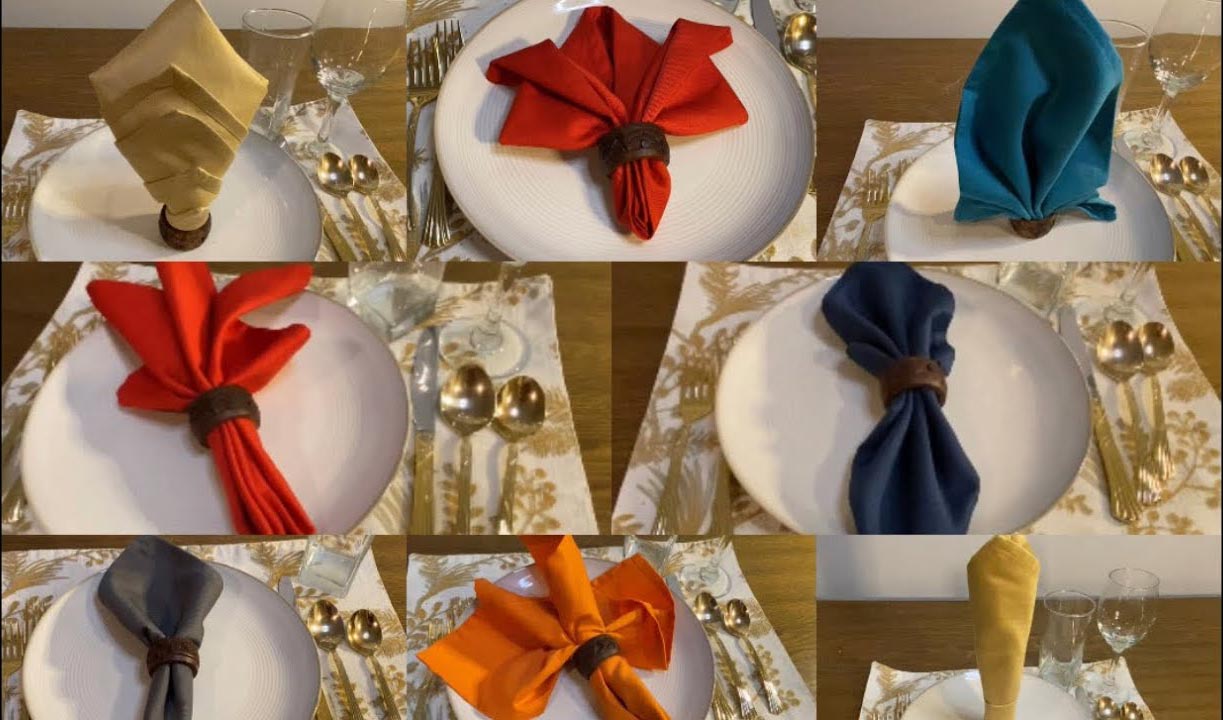
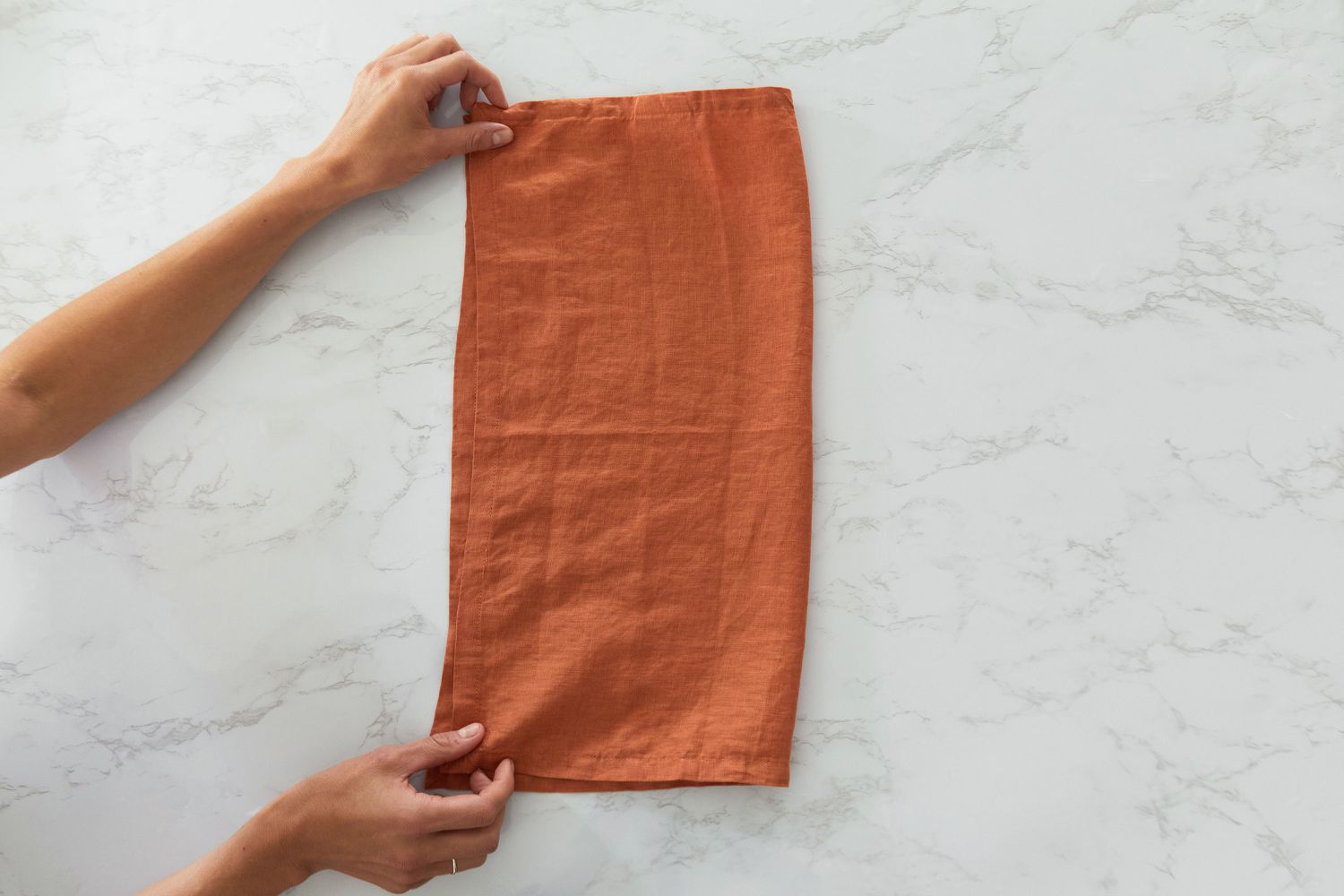
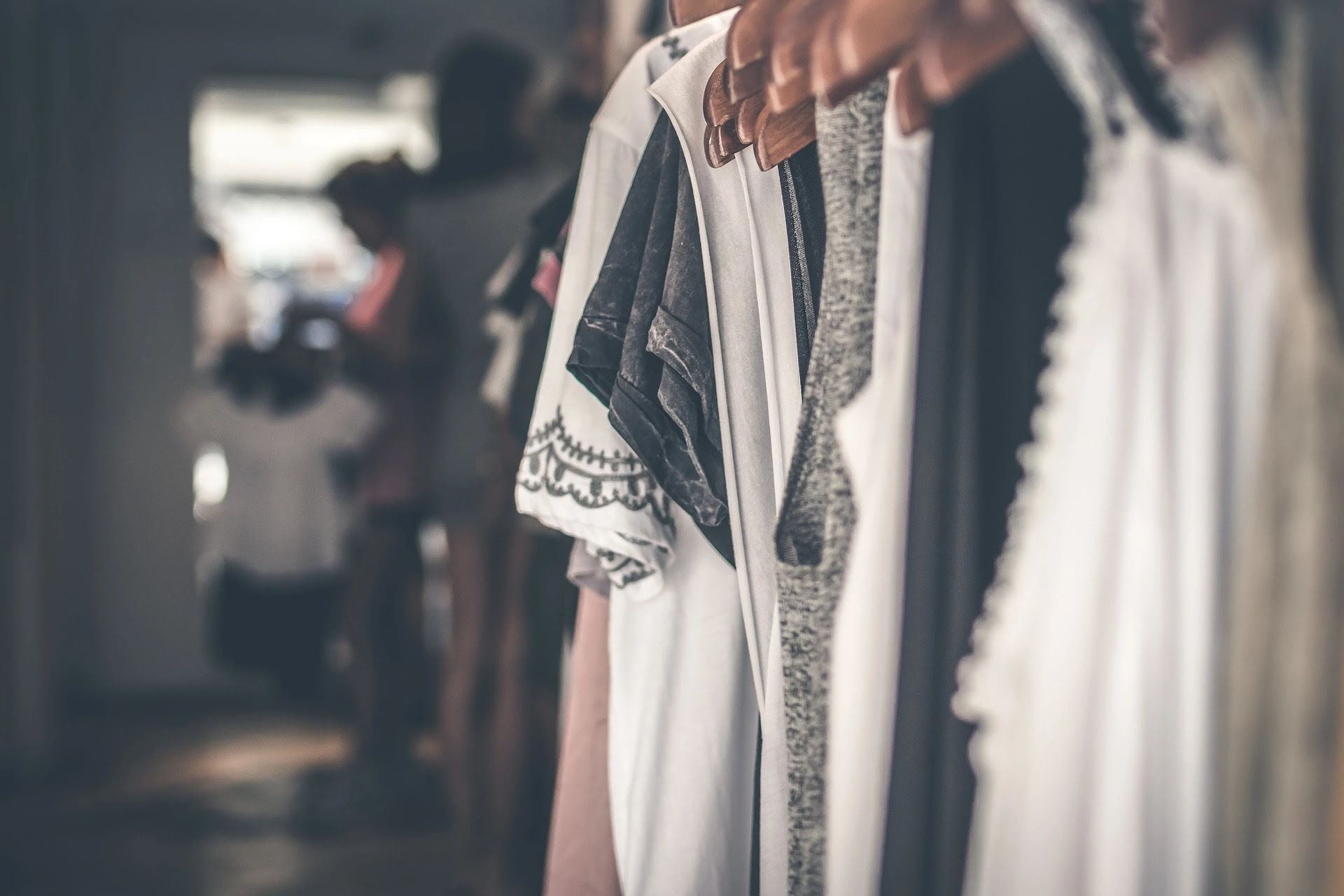

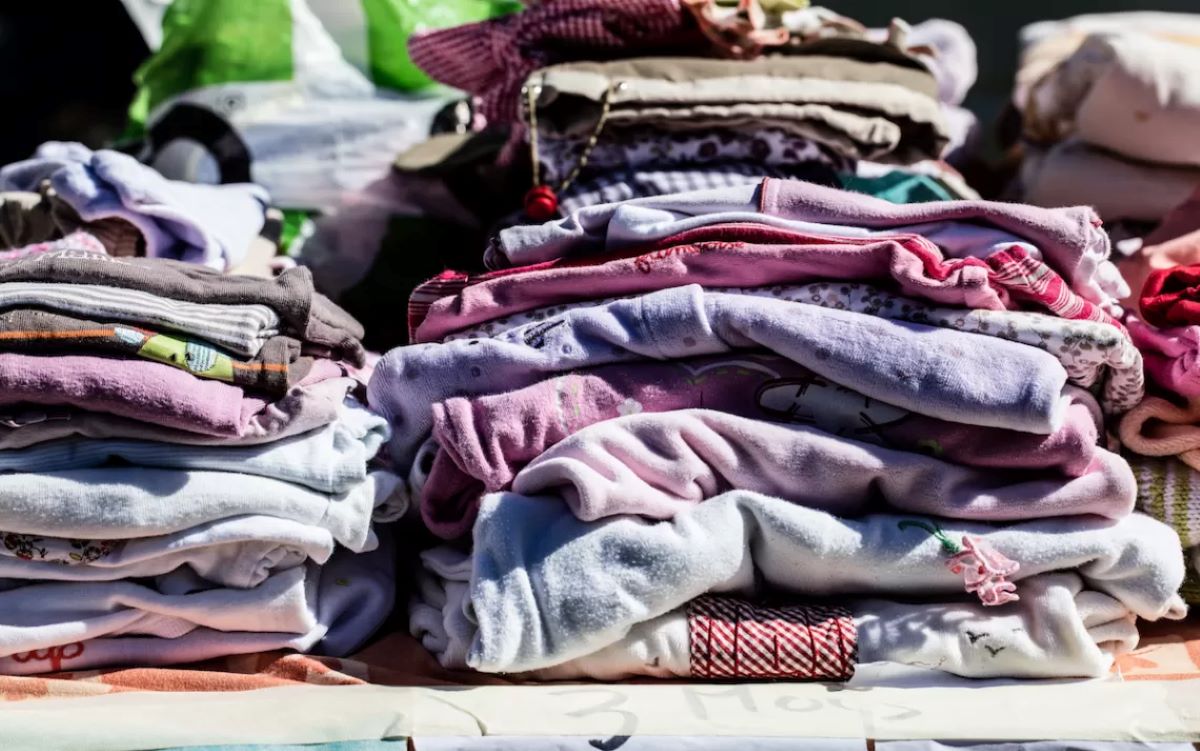
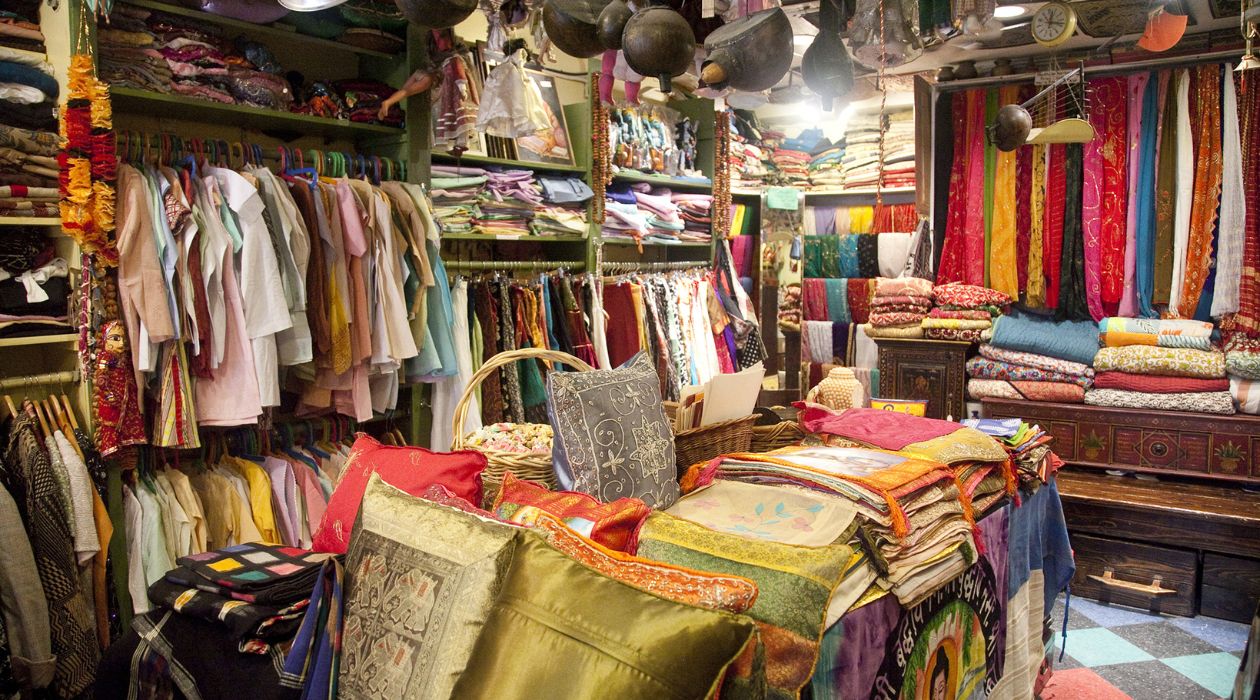
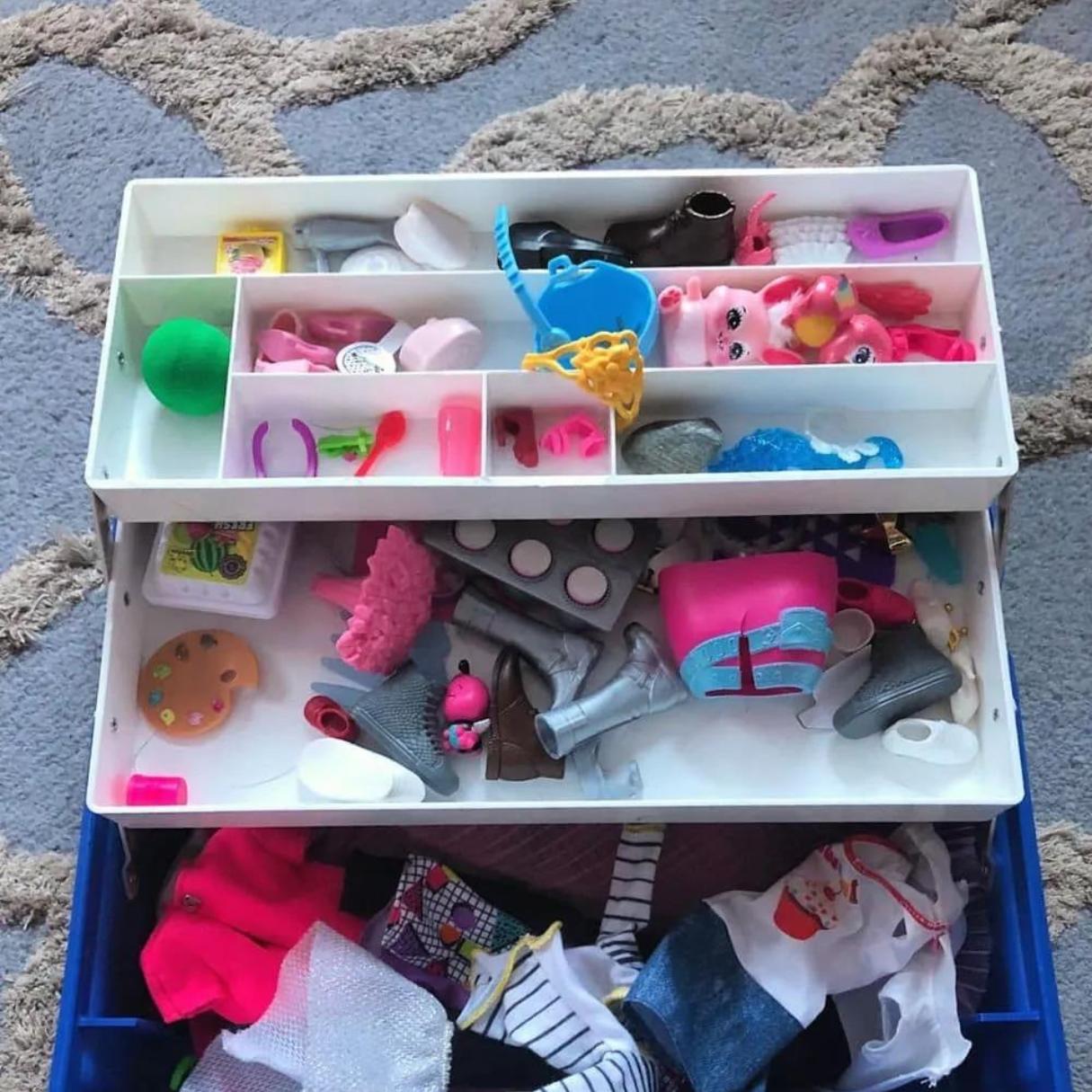
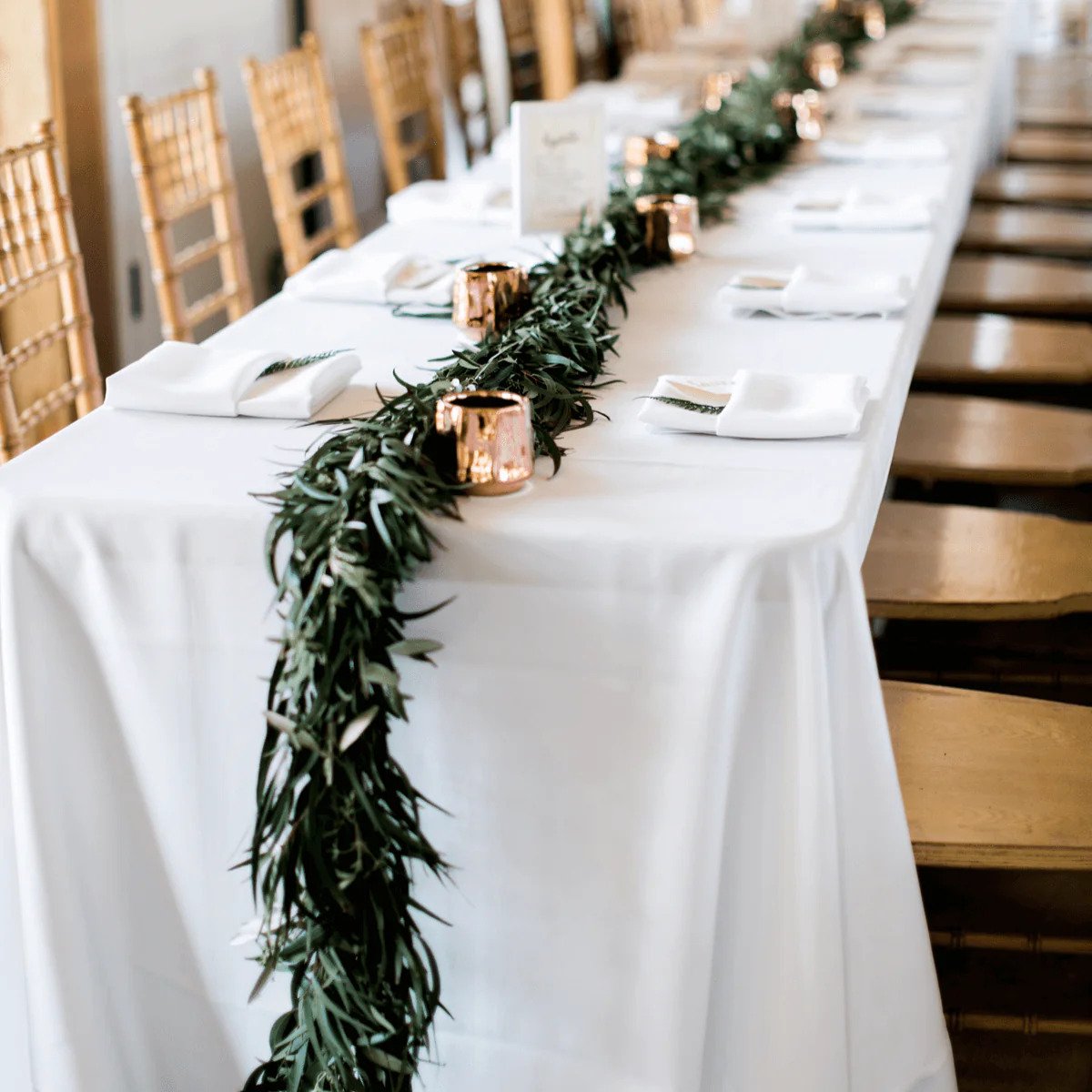
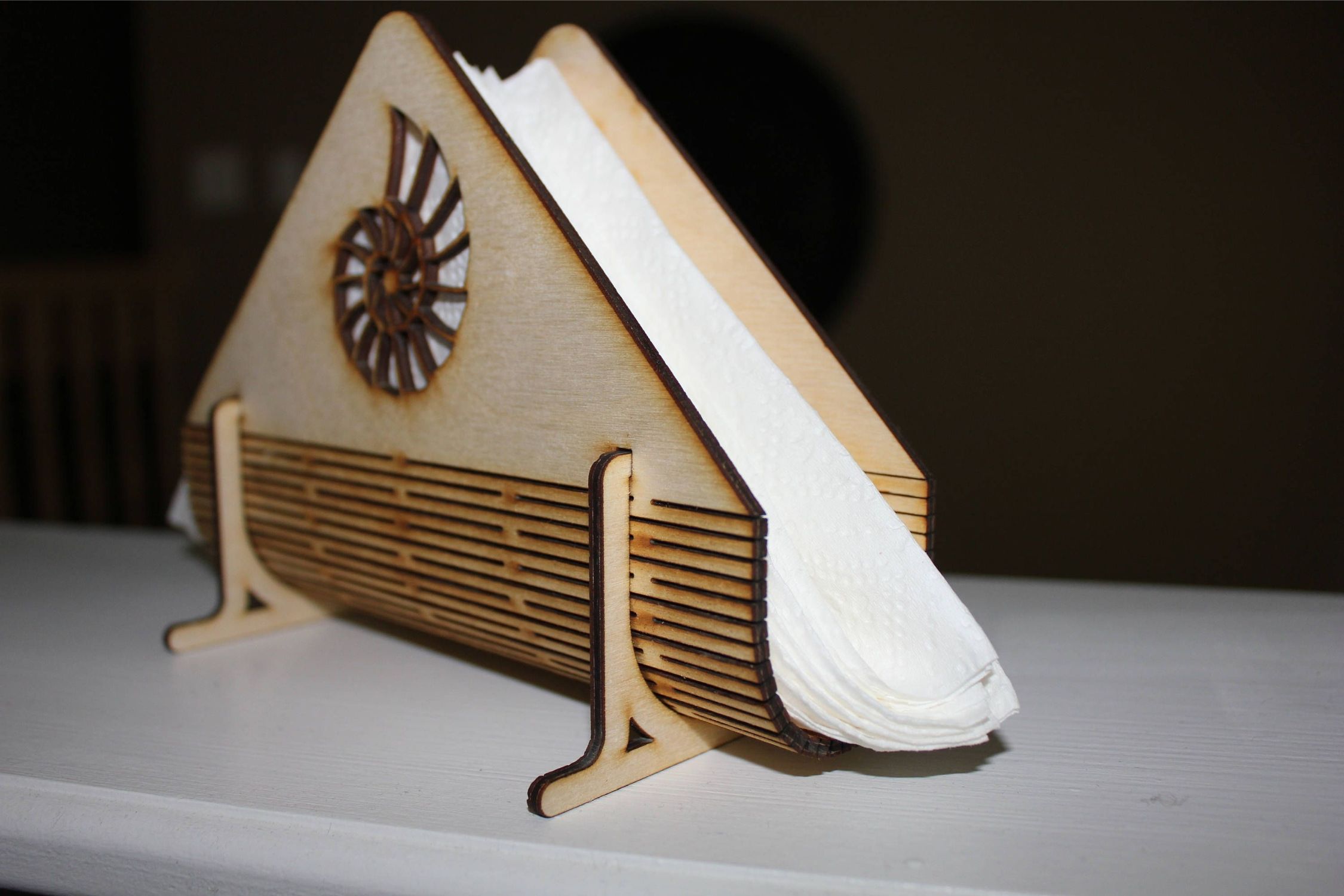
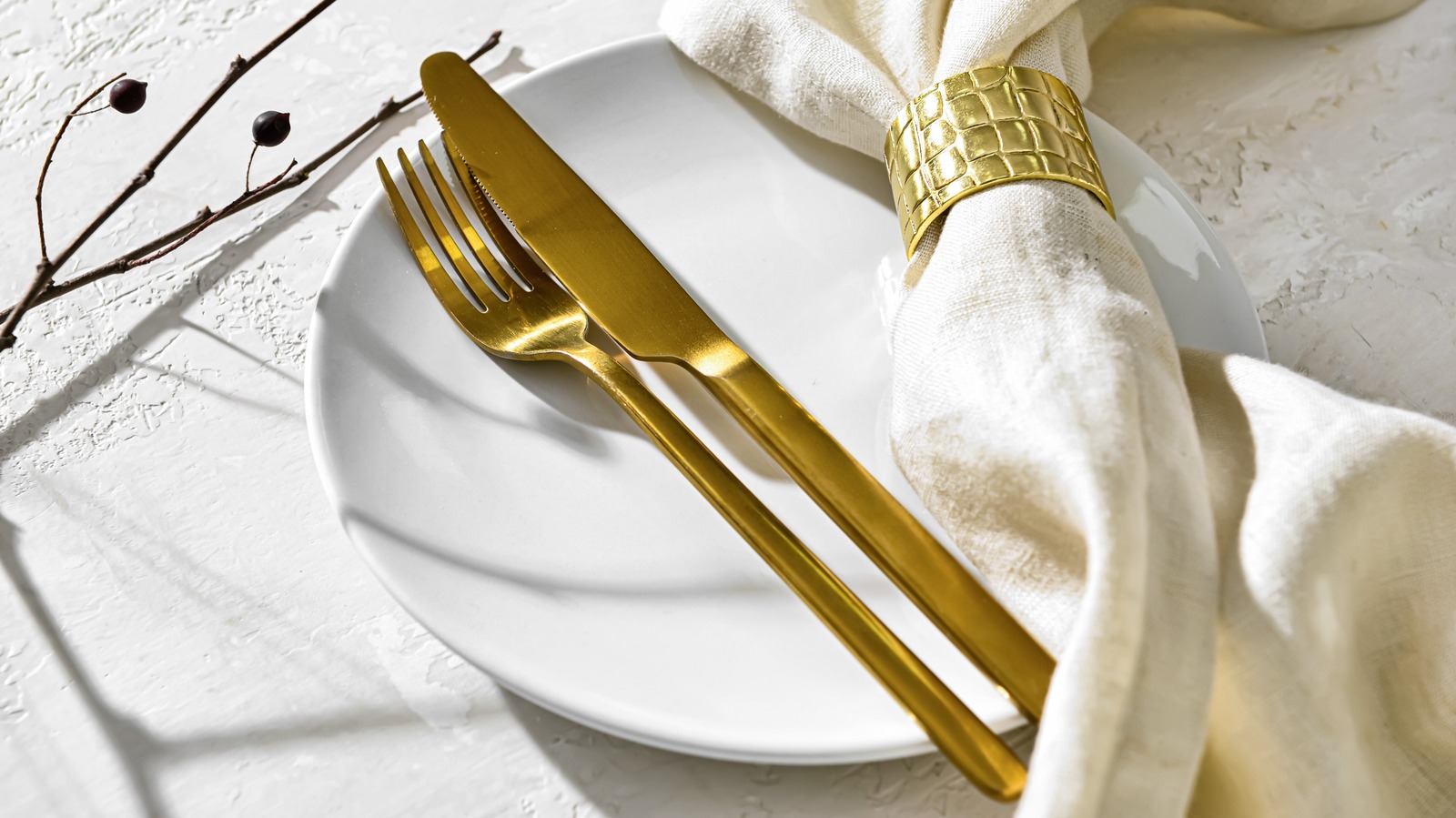
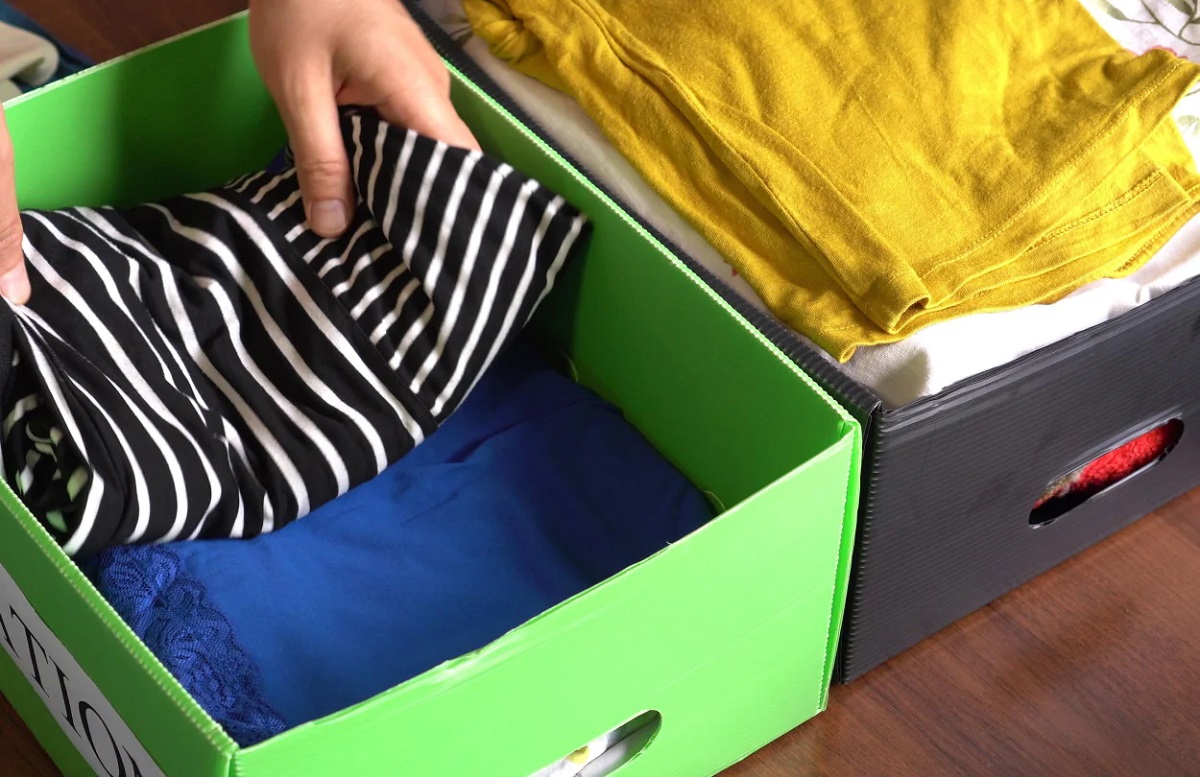
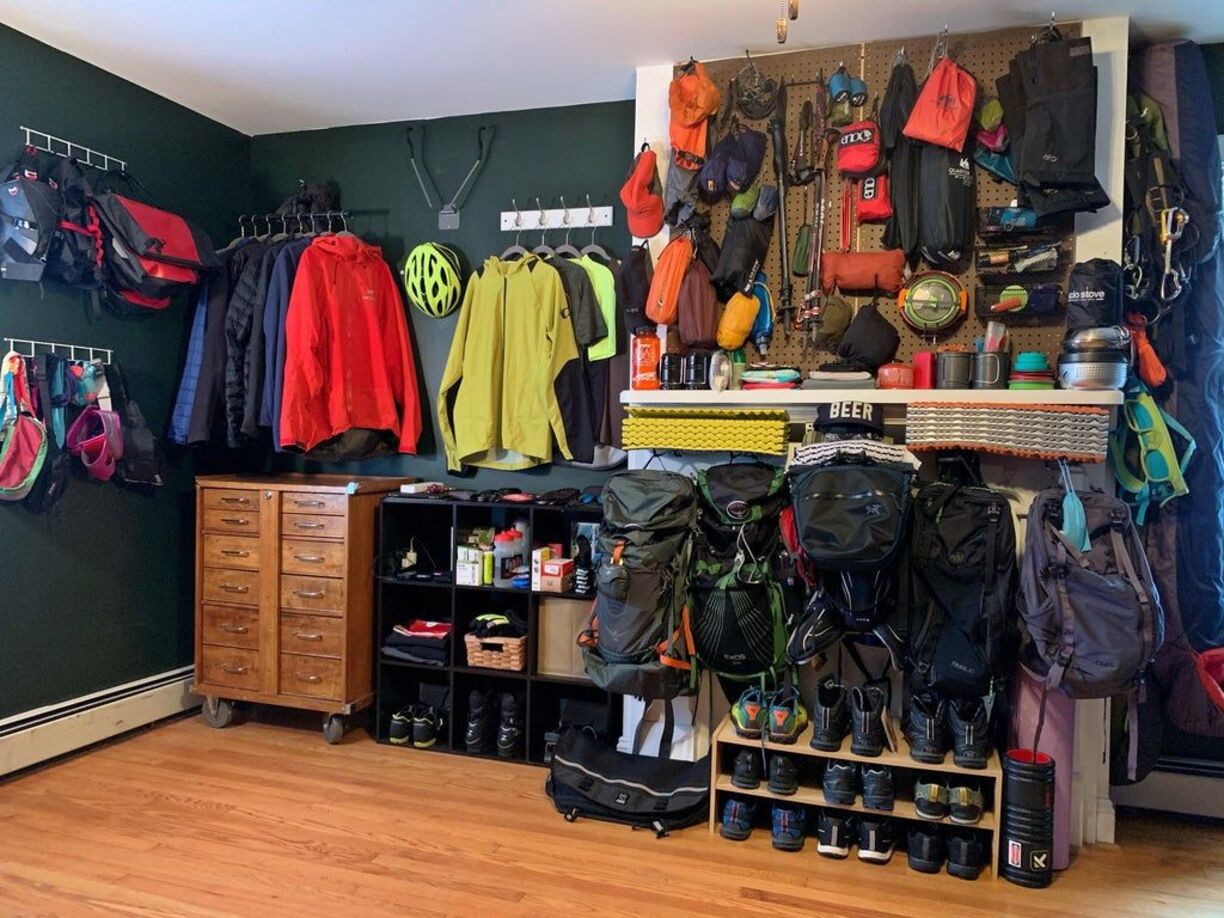

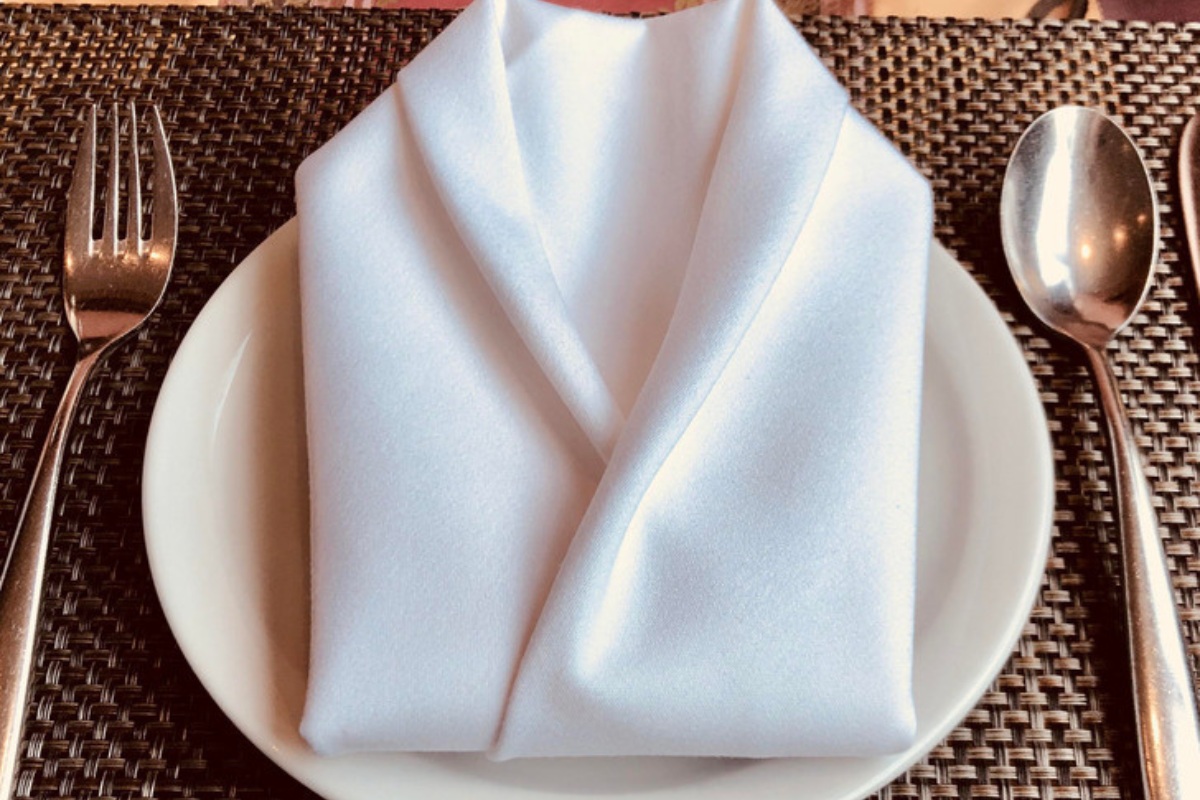

0 thoughts on “How To Store Cloth Napkins”